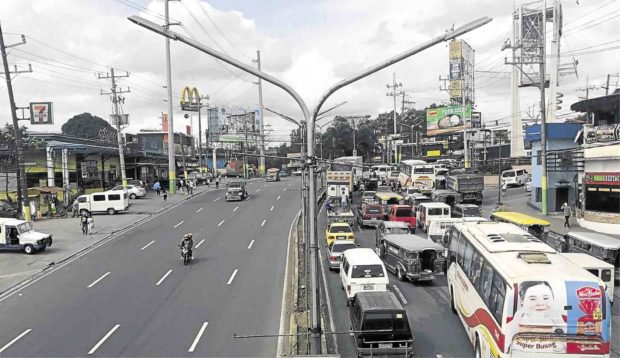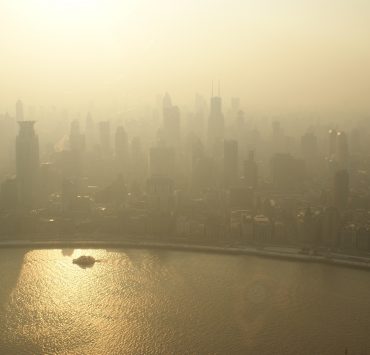Heavy traffic is not only a problem in Metro Manila but in nearby cities and provinces as well.
The traffic in Cavite, for example, has become heavier than before. This is why the number coding or Unified Vehicular Reduction System was implemented in February of 2017. However, it was discontinued to undergo revisions.
This 2018, the local government implements the number coding once more. The implementation started on Feb. 5. It’s observed from 7 a.m. to 10 a.m. and from 3 p.m. to 7 p.m. in the following areas:
- Aguinaldo Highway from Bacoor to Dasmariñas-Silang
- Molino-Salawag-Paliparan Road (from Zapote, Bacoor to Paliparan, Dasmariñas)
- Molino Boulevard (Aguinaldo Highway to Molino-Salawag-Paliparan Road)
- Governor’s Drive (from Carmona to Trece Martires City-Tanza boundary)
The current number coding system is only applicable to private vehicles. Meanwhile, public utility vehicles, school buses, government and emergency vehicles, and any other vehicles with the Philippines Economic Zone Authority (PEZA) registration stickers are exempted.
Source: Radyo Inquirer
Header image courtesy of Inquirer.net
Read more:
New ferry system will take you from Cavite to Manila in 45 minutes
The solution to Manila’s traffic problem may be in Pasig River
Manila traffic isn’t only costing us money, but also costing us our health
Writer: OLIVER EMOCLING




